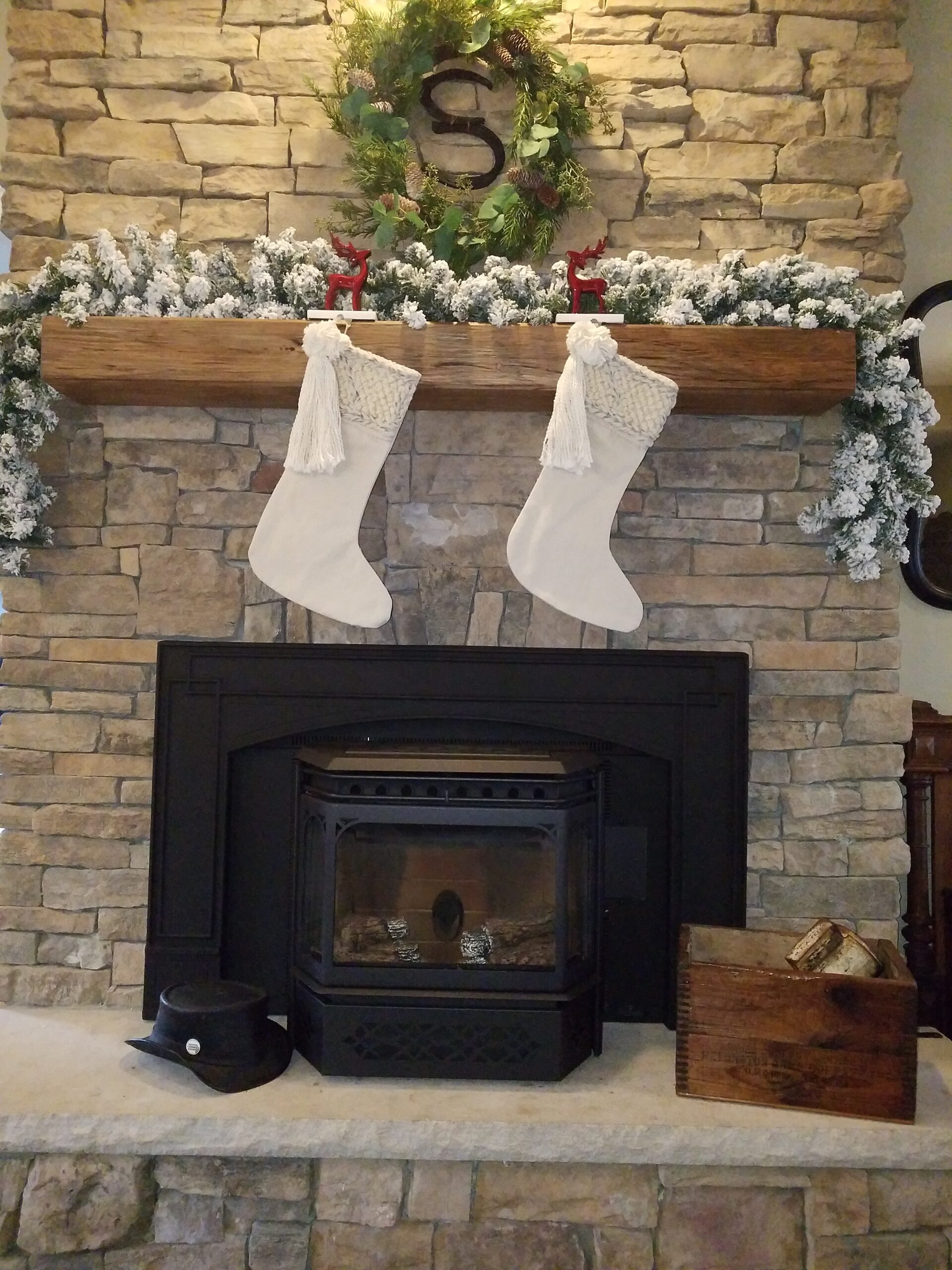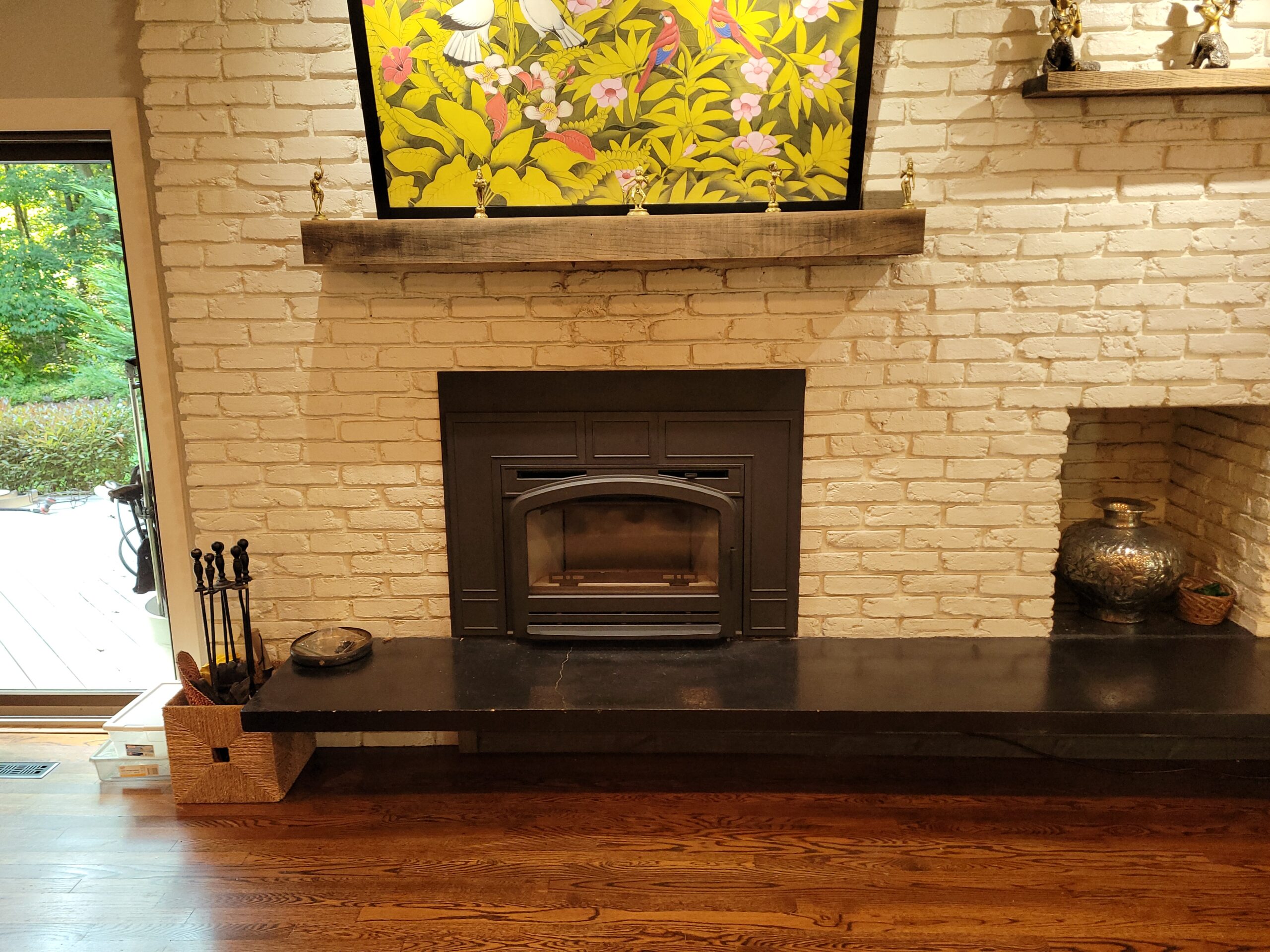Firewood
Buying Firewood Wisely
Get The Facts Before You Buy Firewood
Cord Wood
Firewood is sold by the cord. A cord, simply put, is 128 cubic feet. It is generally expressed as 4 feet, by 4 feet, by 8 feet, although it can be any shape. It should be split into manageable pieces. A cord of wood is neatly stacked with little interstitial space. Log cabin stacks are not what is wanted. They have large air gaps.
Fire wood is cut to various lengths. Practically speaking the length is measured in the field using the bar of the chainsaw. If the woodcutter has an 18 inch bar on his chainsaw, then the pieces will be about 18 inches long. You can sometimes request/order a certain length, but you may have to pay a premium for it.
Caveat Emptor!
You may hear odd terms like “face cord”. To get wood to fit in that pretty cubic rectangle you have stack it in layers. At 16 inches log, it takes 3 layers. So, in the best light, a “face cord” would be one of those layers, or only 1/3 cord. In actuality, “face cord” is a made up term. When you hear it a red flag should be thrown out and you need to ask more questions!
Species, Species, Species
If you have your choice, then always choose hardwood. If you must get softwood, burn it wisely. Purveyors sell firewood as mixed or mono-species. Mixed hardwood is generally less expensive and is just fine for everyday use. Some purveyors offer mono-species of oak, hickory, cherry, or osage orange to satisfy buyers favorites. You might like to buy those because you like the smell or the quality of the burn. Expect to pay a high premium for them.
Seasoning
Seasoning is an expression of moisture content. The ideal moisture content is 20 (+/-5) %. Much drier and the wood burns too fast. Much wetter and energy is wasted boiling water. Try this experiment. Fill a paper cup with water. Now hold it over a candle. What happens? Does the paper ignite? Now, consider your firewood to be the paper cup.
In the laboratory we determine moisture by the lost weight method. A sample of wood is weighed. It is then put in an oven for a lengthy period of time to dry it out. When removed it is weighed again. The latter weight is divided by the former weight to determine the amount of water driven off, or the percentage of moisture the sample had. We can do this in our homes, if we like. Realistically, it is much more convenient to use a moisture meter. A 4 pin meter is fairly accurate and can be had on Amazon for about $40.
The term “seasoning” comes from the age of steam locomotives. The rail companies had specific instructions how to cut and stack the wood. If the instructions were followed, then the firewood would normalize to 20% moisture. Wood could achieve this in a “season” or 3 months. It doesn’t matter how long the tree has been felled. Seasoning has nothing to do with how long it has been cut up or split. Seasoning is all about moisture content.
Unless your source delivers seasoned firewood, then you should make your purchase before July if you intend to use it the same year.
Pricing
We would not hazard to say what a fair price is for a cord of wood. Too many factors are involved with pricing. We will make a comment on grocery store firewood. A typical pack of firewood today sells from $6 to $10. At the midrange ($8) if you do the math it comes out to $1462 per cord. That may be fine for the occasional fire, but please consider your local purveyor. They like you far better than the chain.
Purveyors
Here is a list of firewood purveyors whom we have vetted. Vetting is done by request of the purveyor. Vetting is not a paid service. Our vetting takes into account the following:
How the wood is stored on their lot
How it is loaded/delivered.
Moisture Content of the wood delivered (seasoning)
Storage – Is the wood stacked so air can circulate to the whole mass? This important since it has direct bearing on whether the wood has the ability to dry to the right moisture content.
Delivery – Is the wood delivered neatly stacked in the truck/trailer so one can easily see the volume? A buyer should always be able to know what they are getting. One shouldn’t have to stack the wood and find out hours (or days) after the delivery if they got what they paid for.
Seasoning – Is the wood generally around 20% moisture content. A moisture content above 25% might just have well been split that very day. Over 40% moisture content may just as well have been cut down that day. We check moisture content using a 4 pin moisture meter.
Rating: This is done as true/false. A perfect rating is 1:1:1
Vetted Purveyors of Wood
DiEmedio Outdoor Services
302-388-3073
Marshallton, Delaware
Sells:
- Mixed Hardwood
Vetted Purveyors of Pellets
Bay Ace Hardware
(410) 658-1000
23 W Main St, Rising Sun, MD 21911
Bear Mountain BBQ Pellets
(410) 658-1000
Downloadable Guides
PDFS For Your Convenience
Info For Using Firewood
Always burn well-seasoned wood. The species makes a difference, but it is not as important as properly seasoned [link] wood. Hardwood is preferable, but softwood is OK to burn also. Burning your appliance correctly is the first line of defense against chimney fire and the best way to enjoy the ambiance and heat from it.
For more info, download the PDF below.
Knowing How Much You Need
Here in the Delaware valley we have very simple choices. Most purveyors are selling only hardwood. The hardwood species sold all have high BTU content. Mostly we enjoy oak, hickory, locust, and sweet gum.
For more info, download the PDF below.
View Our Gallery.
We take pride in our work and want the world to see. Click below to see our full portfolio!
View Our Gallery.
We take pride in our work and want the world to see. Click below to see our full portfolio!We take pride in our work and want the world to see. Click below to see our full portfolio!



















